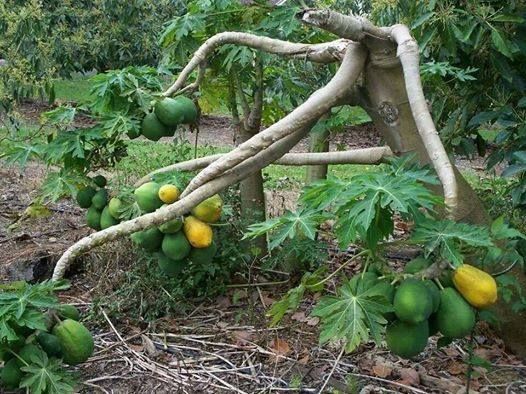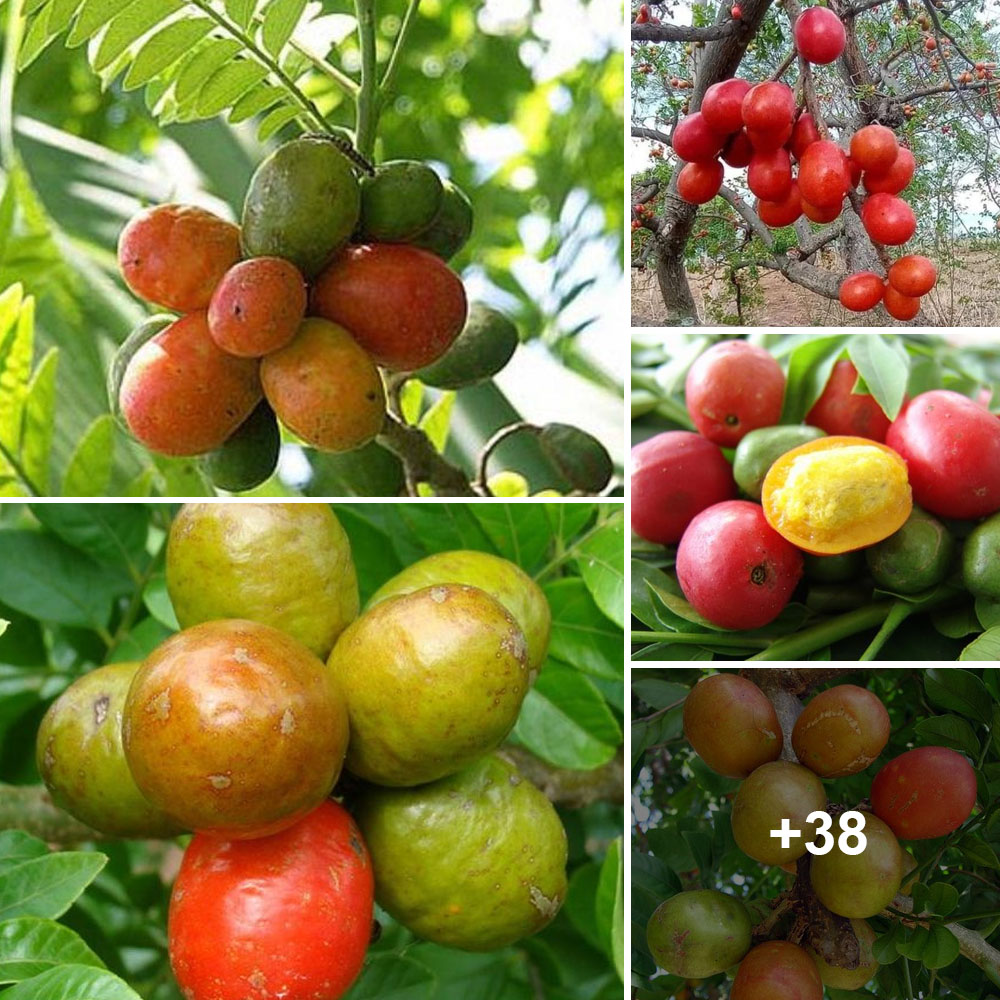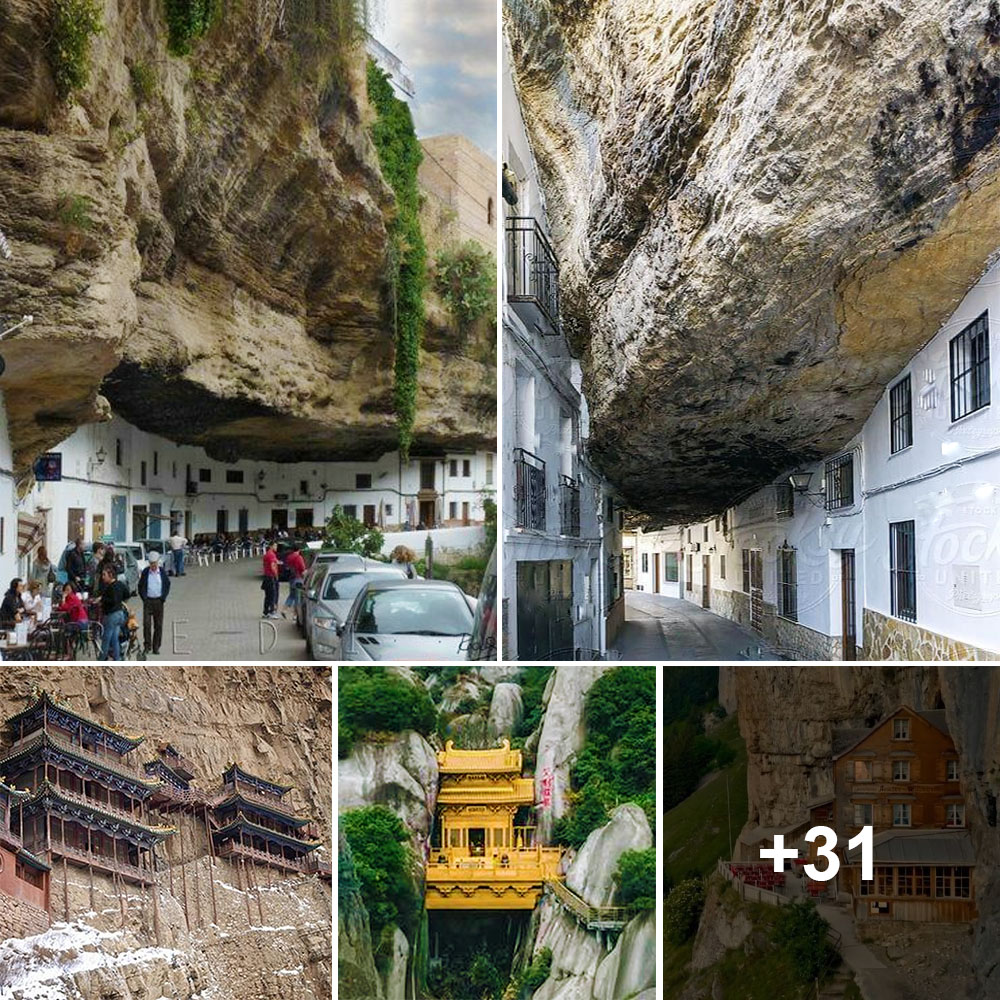There is no mistaking the Grand Burstin. This monstrous 550-bed hotel, shaped like an ocean liner and piebald with disrepair, looms over Folkestone harbour and the English Channel. Last November, some of the render from the facade above its main entrance fell off without warning and two hotel guests had to be taken to hospital.
The Burstin’s sorry state reflects the fortunes of this seaside town. By the time the hotel was completed, back in the 1980s, the British beach holiday had already peaked, and cheap flights and package tourism were busily carting clients off to sunnier destinations overseas. When I first stayed in the hotel a couple of years ago, my room smelled of stale cigarettes and the top floors were filled with asylum seekers fresh from the Channel.
This time there was scaffolding up for much-needed maintenance. My room was clean, with a waterfront view and represented very good value at £34 for the night. It felt relaxed, more like a holiday destination.
Seaside resorts all over the UK have struggled in recent decades. The likes of Folkestone and its close confederates Hastings and Margate, once the watering holes of royalty – King Edward VII was a Folkestone regular – have all fallen on hard times. In a 2021 government study of England’s most income-deprived places, Hastings was the 14th worst, Thanet (including Margate) 30th, and Folkestone 82nd (out of 316). And that is despite the fact that all three are located in the south-east, the nation’s wealthiest corner.

Hastings has been one of the most deprived towns in England for decades (Credit: larigan-Patricia Hamilton/Getty Images)
All three have chosen a similar strategy to mitigate their misfortunes: the kiss of art. Two now have big statement galleries as engines of regeneration, and the third has the biggest collection of open-air art in the country, turning the resort into a kind of cultural treasure hunt. And this latter destination – Folkestone – has just been described as “a funky example of the power of well-aimed regeneration” and “a younger, fresher and cheaper version of Brighton” in the Sunday Times guide to Best Places to Live.
In Margate’s case, all this revivalism started with the 2011 opening of the Turner Contemporary Gallery, an eye-catching building placed right on the quayside to honour English Romantic painter JMW Turner, who was a regular visitor here from the 1820s onwards. Turner remarked that the skies along this shore were the “loveliest in all Europe”, and he also admired his seaside landlady, too, a certain Mrs Booth. The couple lived here as Mr and Mrs Booth until he died.
After Turner, the coastal town prospered well into the 20th Century, its strip of sand luring Londoners onto Margate-bound trains, but it wasn’t to last. Artist Tracey Emin, who grew up in Margate and recently moved her studio here, recalls it becoming a “no-go zone” in the 1980s. Its theme park closed and shops were boarded up.

The Turner Contemporary Gallery has helped turn Margate’s fortunes around (Credit: Paul Lovichi Photography/Alamy)
Now, though, Margate’s new admirers come for visual arts more than jellied eels. Over the last 12 years, the Turner Contemporary’s regular roster of exhibitions has attracted 3.8 million visitors and contributed more than £70m to the community. Theme park Dreamland has reopened with vintage rides, and the once-drab old town square has turned into a hipster-ish whimsy of bookshops and brasseries. It may still be a weekend wonder, but it is a start.
The same can be said of Hastings, Margate’s bedfellow in the deprived towns index. Here the Hastings Contemporary gallery is also a new build on the shoreline, but this time snuggled in among the charivari of Britain’s biggest beach-launched fishing fleet, surrounded by hulls, sheds and distinctive wooden net stores, where nets were once hung up to dry.
The gallery opened back in 2012, since then its changing roster of exhibitions – some with local emphasis and some with big international names in contemporary art – have attracted 500,000 visitors. And “for every £1 spent in the gallery, we reckon there’s a £3 contribution to the local economy”, said gallery director Liz Gilmore.

Margate theme park Dreamland has reopened with vintage rides (Credit: Jennika Argent/Alamy)
When I visited, Gilmore was in the throes of one of its big changeovers of the year, putting up Soutine / Kossoff, a topical show that combines two major figures of 20th-Century painting: Chaïm Soutine, a master of the School of Paris who grew up in Belarus; and Leon Kossoff a master of the School of London, whose parents came from Ukraine.
Gilmore emphasised the importance of headline-grabbing exhibitions like these both in driving tourists to the town and inspiring residents to connect with culture. “This is a very deprived town, with 1,000 homeless, and we have a responsibility to the community. I want every school child in Hastings to come here as part of our outreach programme.”
Like Margate, the gallery effect seems to be working. George Street, the main artery of Hastings’ old town, is a place of cigar merchants, vintage fashion and book-lined coffee shops. Gilmore says that the gallery has been a catalyst for creatives choosing to settle; and over dinner in the old town’s Crown gastropub, itself lined with modern art, I spotted actress Gina McKee tucking into her linguine.

Folkestone’s Creative Quarter is home to galleries, artist studios and venues offering music, theatre and entertainment (Credit: Andrew Eames)
And so along the shore to my last stop, Folkestone, where the divide between the town centre and the newly fledged Creative Quarter is very plain to see.
The former is a patchwork of concrete, hastily rebuilt after all the damage done by German bombs during World War Two, during which the former ferry port became an obvious target. But slip downhill past the Town Hall into the Old High Street, and suddenly it’s all pastels and cobbles, delicatessens and art galleries, where beautiful people sip lattes in the sun. And tucked away among the street food and whimsical barbershops with names like Oh Sailor, are works by the likes of Banksy, Yoko Ono and Gilbert & George.
These, and 70-odd other pieces distributed all over town, are loosely connected in a series of art trails. Every three years, this stock of outdoor art increases via the Folkestone Triennial, whose latest edition (in 2021) attracted more than 220,000 visitors.

Folkestone’s series of art trails connect artworks on permanent display by more than 40 international artists (Credit: Andrew Eames)
The Triennial and the trails are the inspiration of Creative Folkestone, an organisation that was seed-funded back in 2002 by the millionaire Sir Roger de Haan, former owner of the Saga group (headquartered here), to breathe new life into Folkestone. Besides art, Creative Folkestone has restored 90 buildings and manages more than 50 shops and 115 studios and offices in the Creative Quarter, located between the town centre and the harbour.
Wind the clock back 20 years, and this used to be the red-light district, said Daniel Sangiuseppe, chairman of Folkestone’s Hotel Association. “It was the cheapest and most unsafe place to live. Now it is where everyone wants to be.” Sangiuseppe is delighted by his town’s recent progress.
The regeneration is not just inland. Out by the water, where the Grand Burstin broods over the quay, the Roger de Haan Charitable Trust has been at work on the old ferry jetty. A useless, windy, concrete limb that once sheltered ferries for France is now the foodie, arty Harbour Arm with some 36 food and drink outlets along its length. There’s an Antony Gormley statue dramatically placed on a lower level on the waterline, and a lighthouse at the end emblazoned with Ian Hamilton Finlay’s words: “Weather is a third to place and time”.
Back when the poet’s words were first stencilled here for the 2014 Triennial, to walk the length of the then-disused jetty would have been to walk through rusty dereliction and marine decay. Now, though, the reward for running the gauntlet of craft beer outlets and tacos stalls is that the lighthouse has been reborn as a Champagne bar.
How things have changed.





